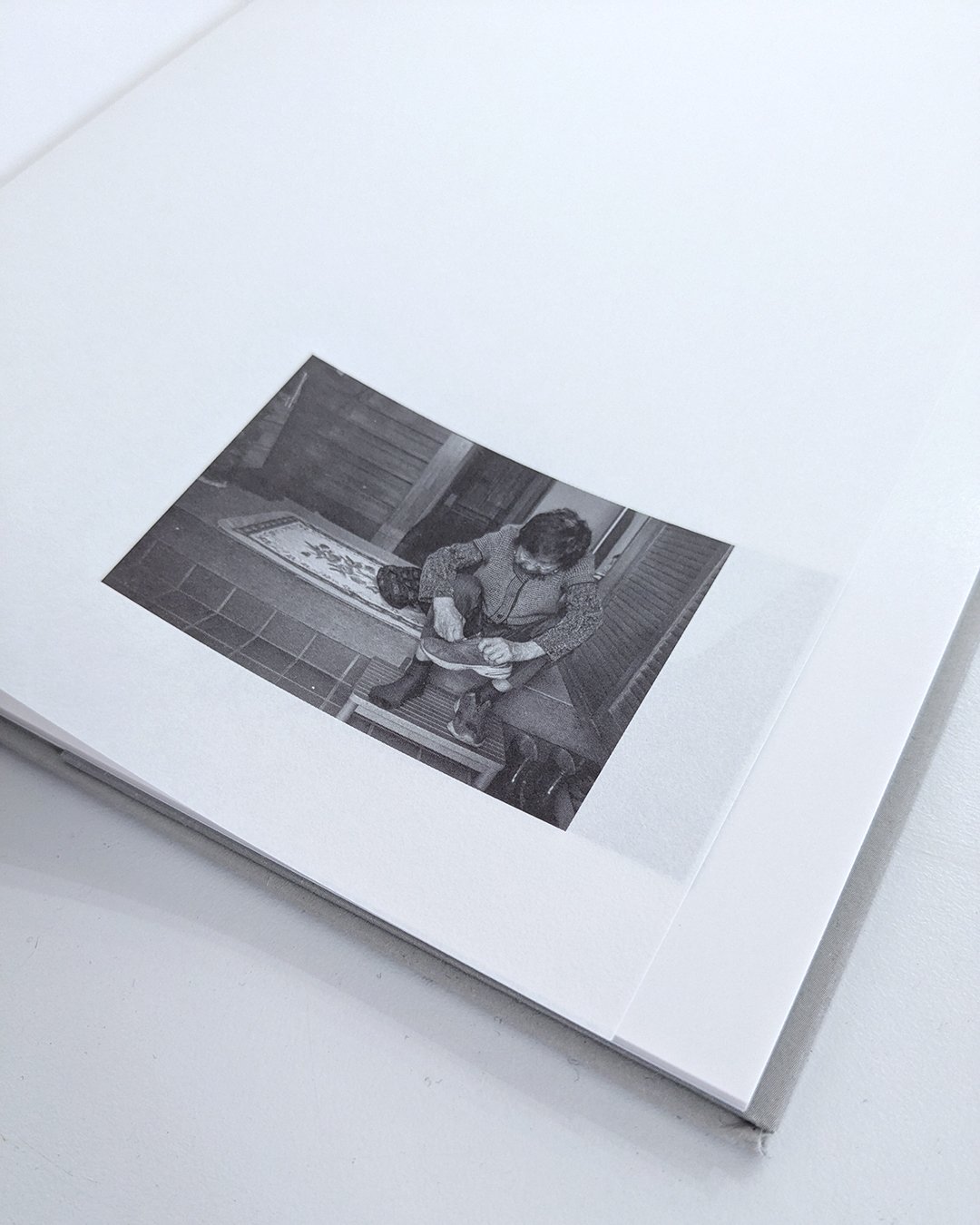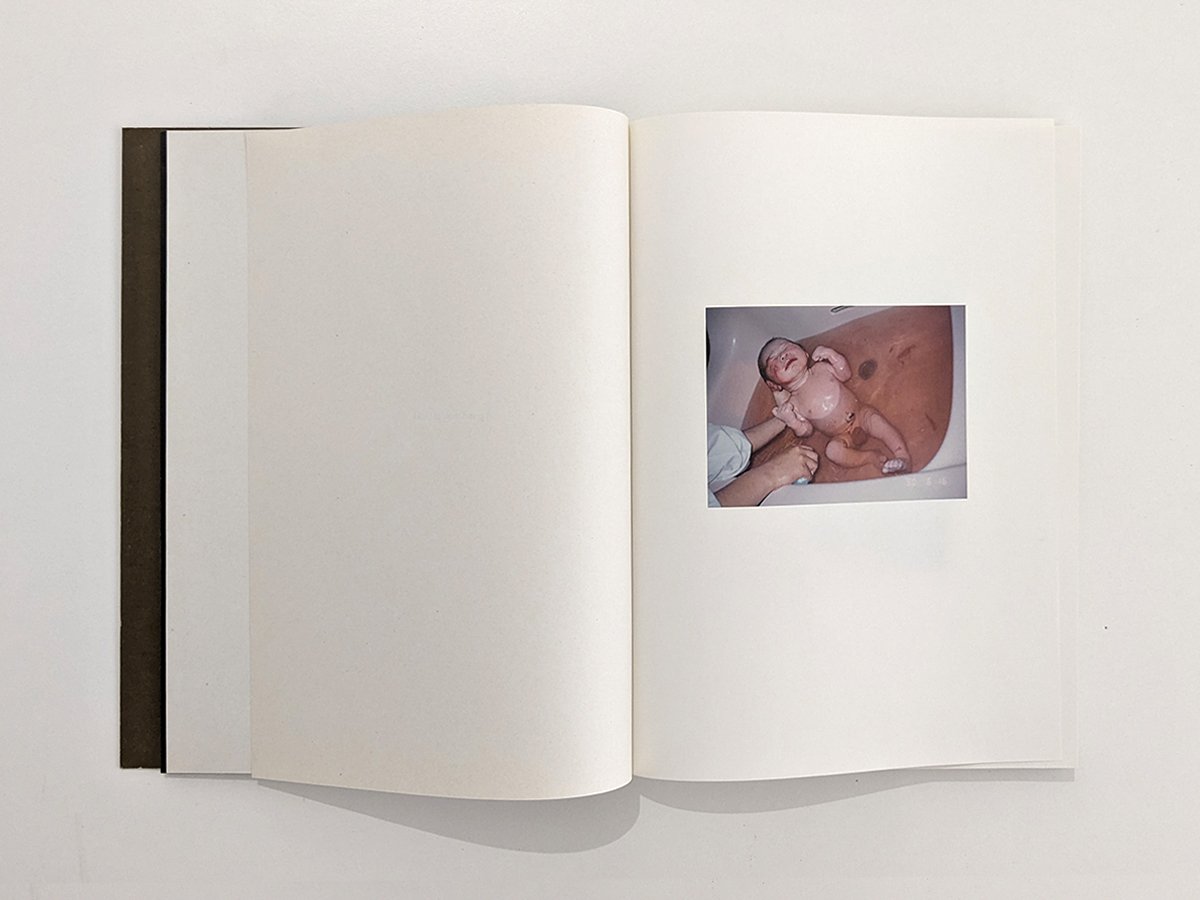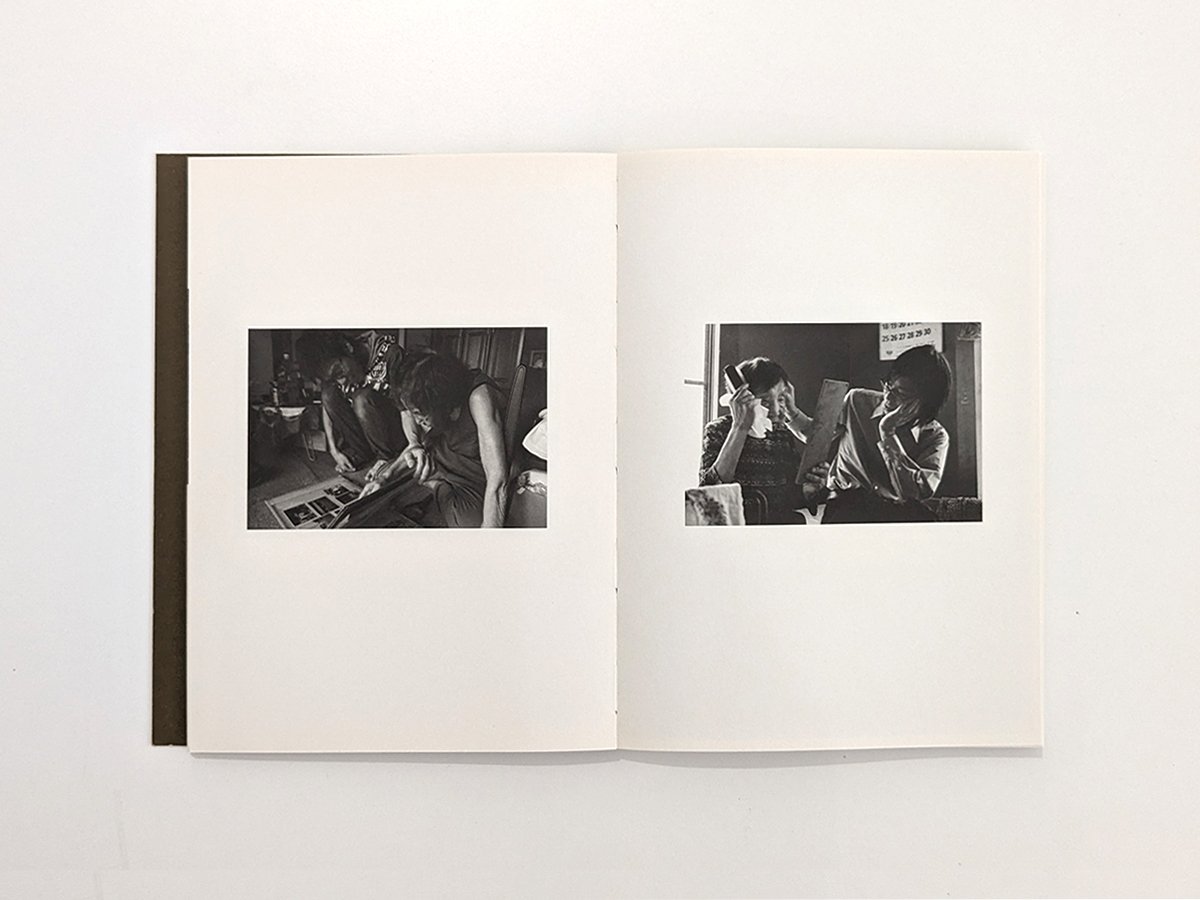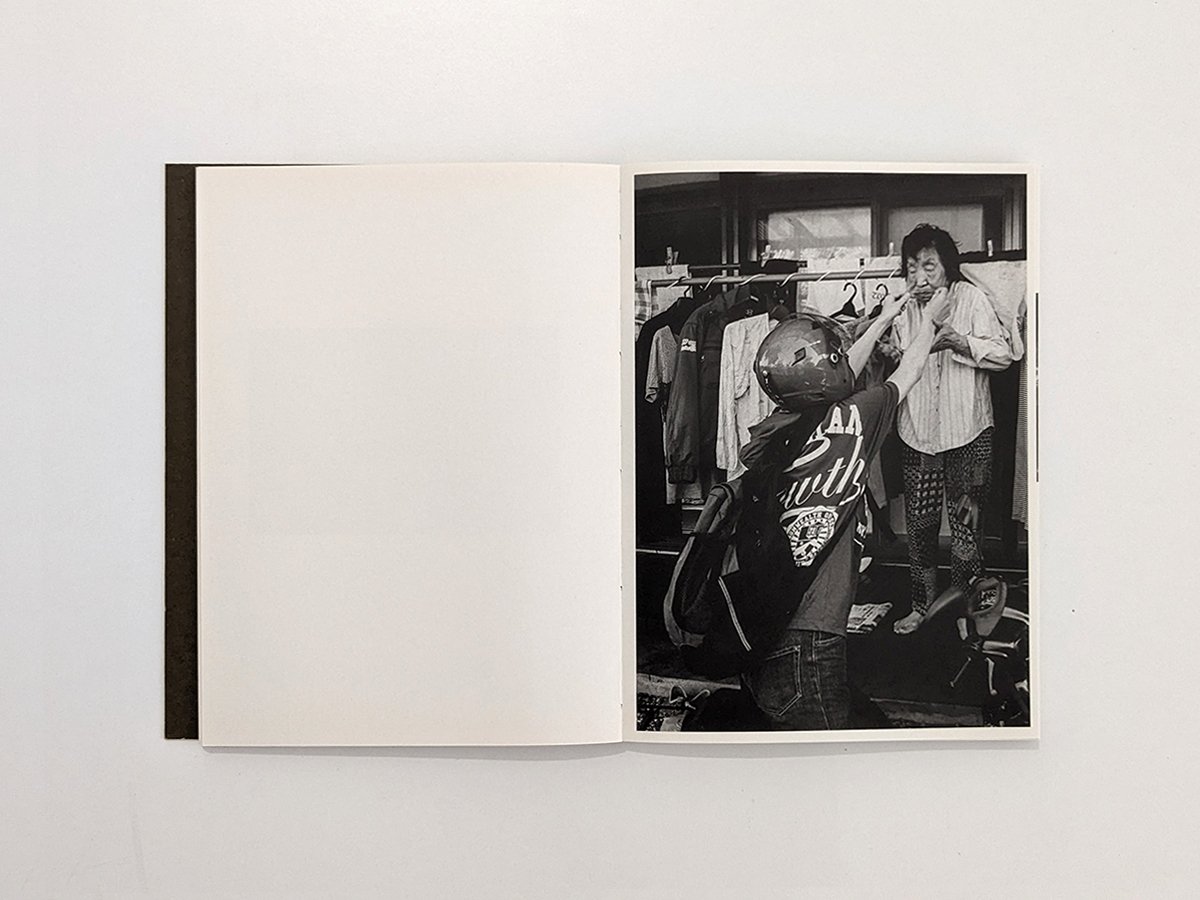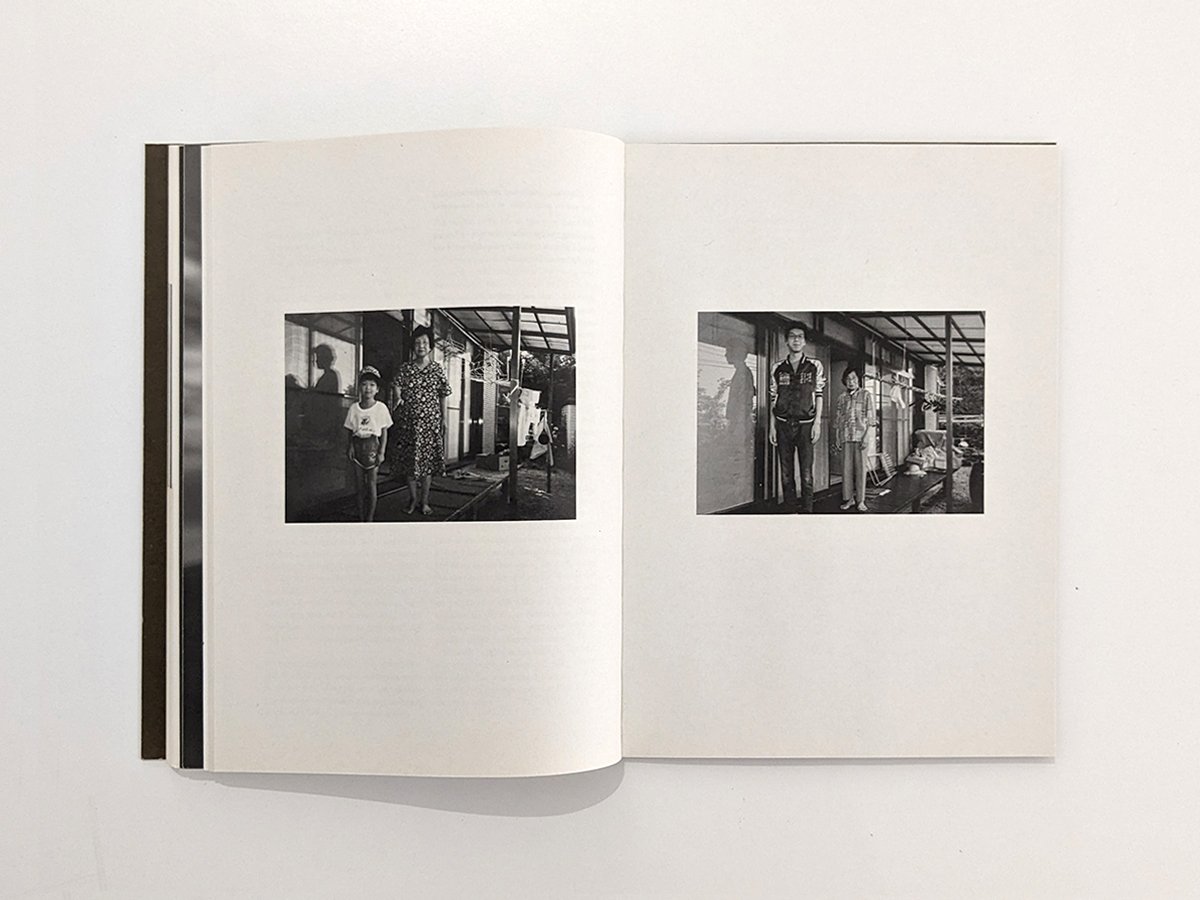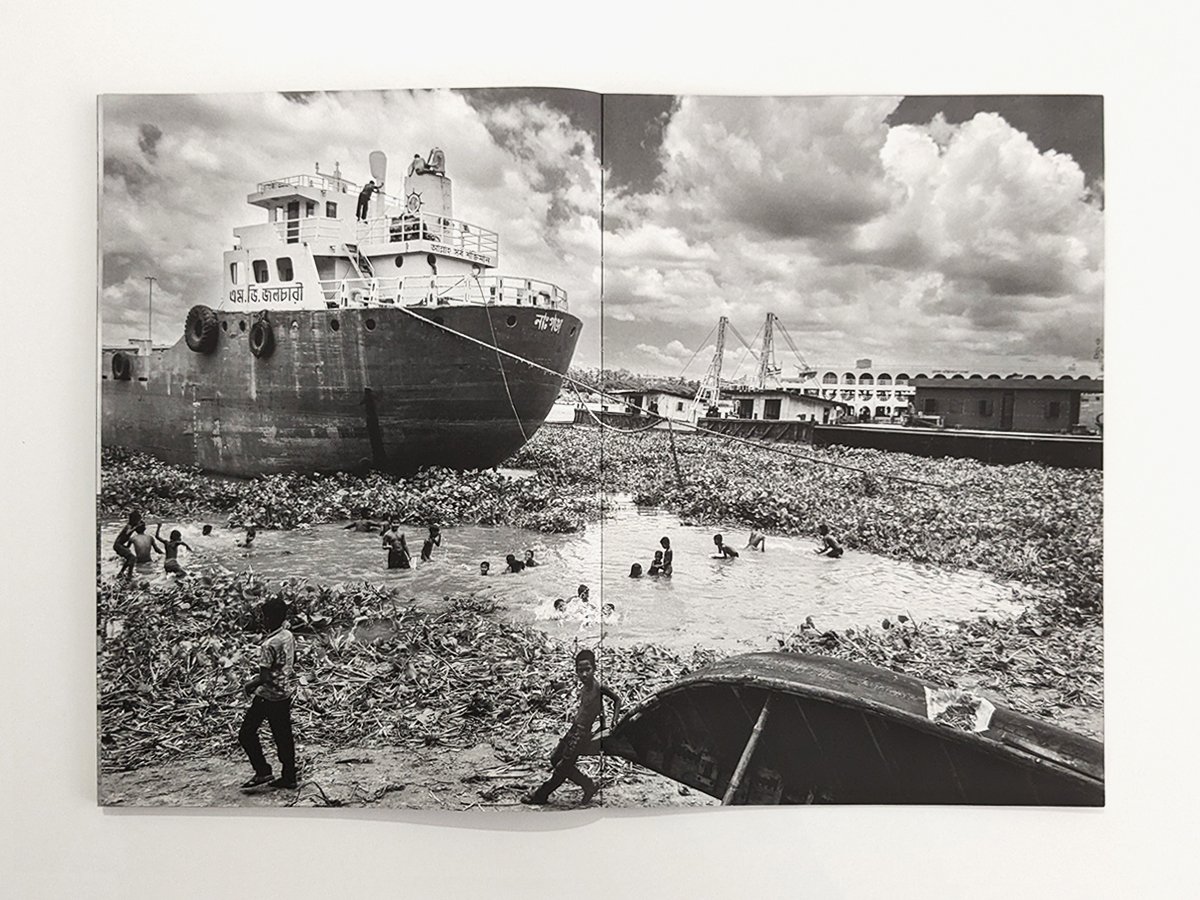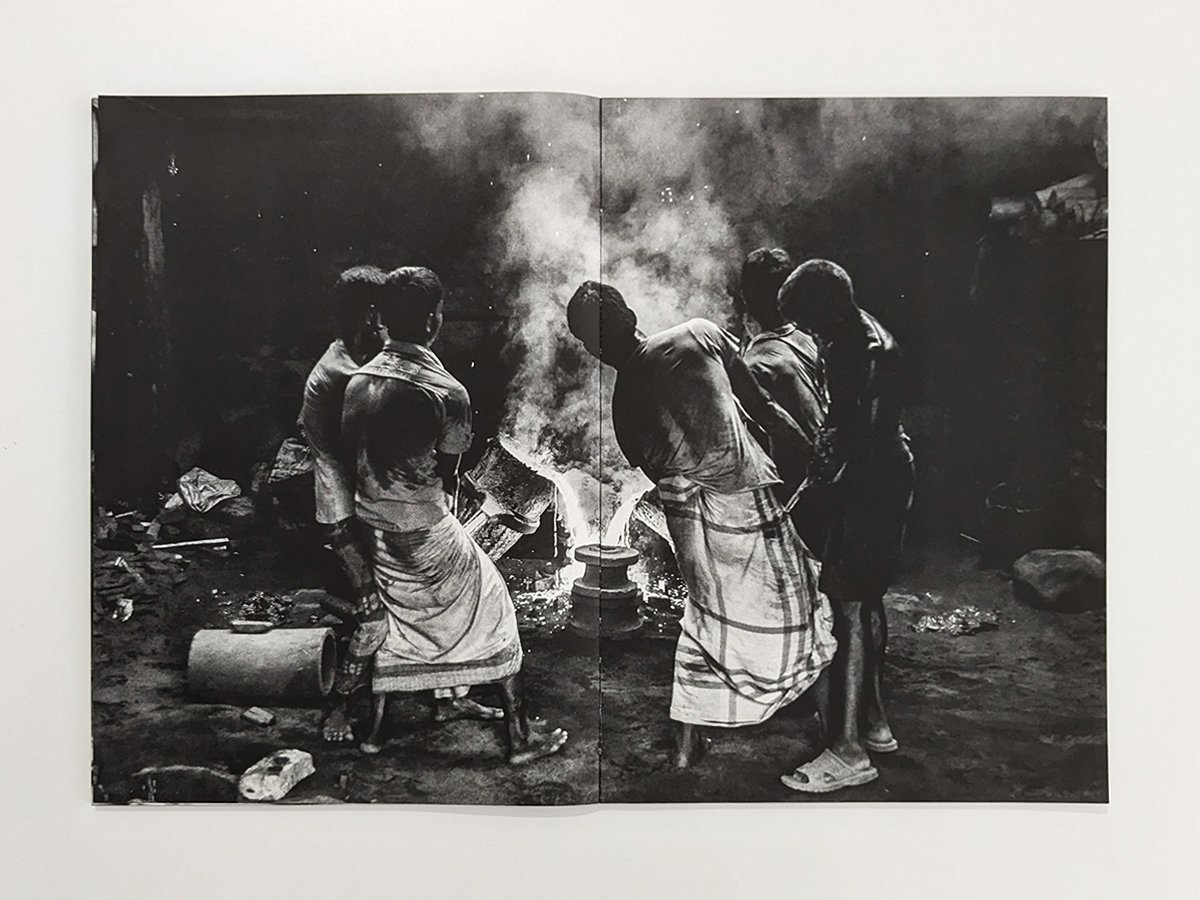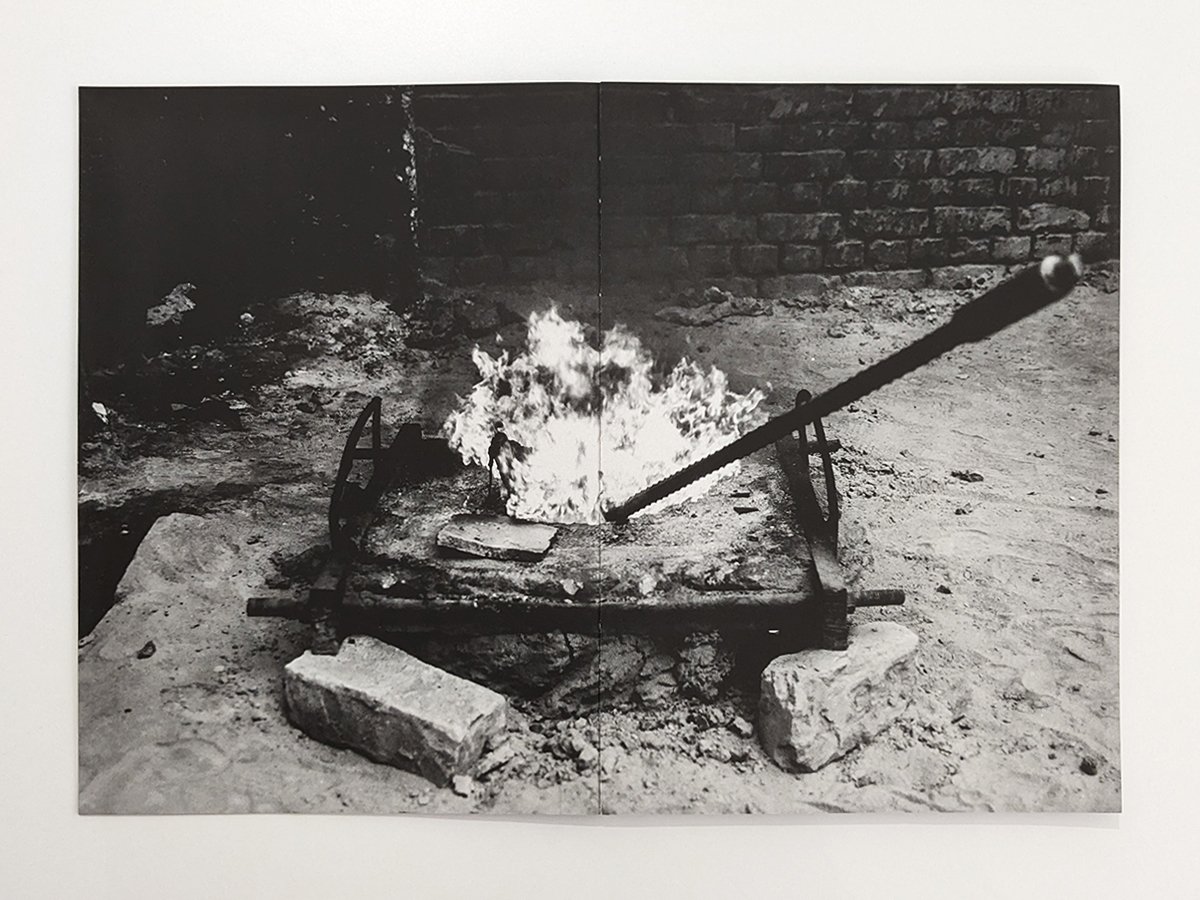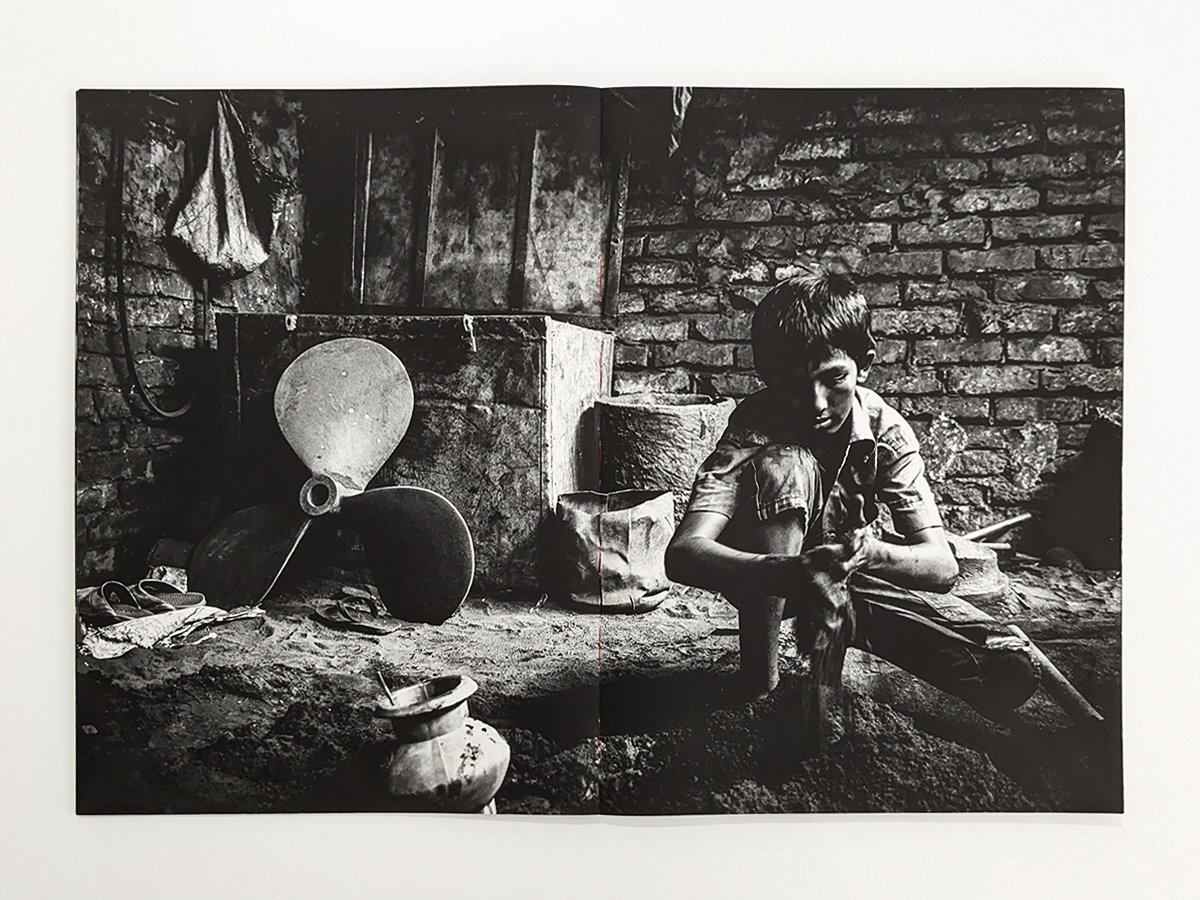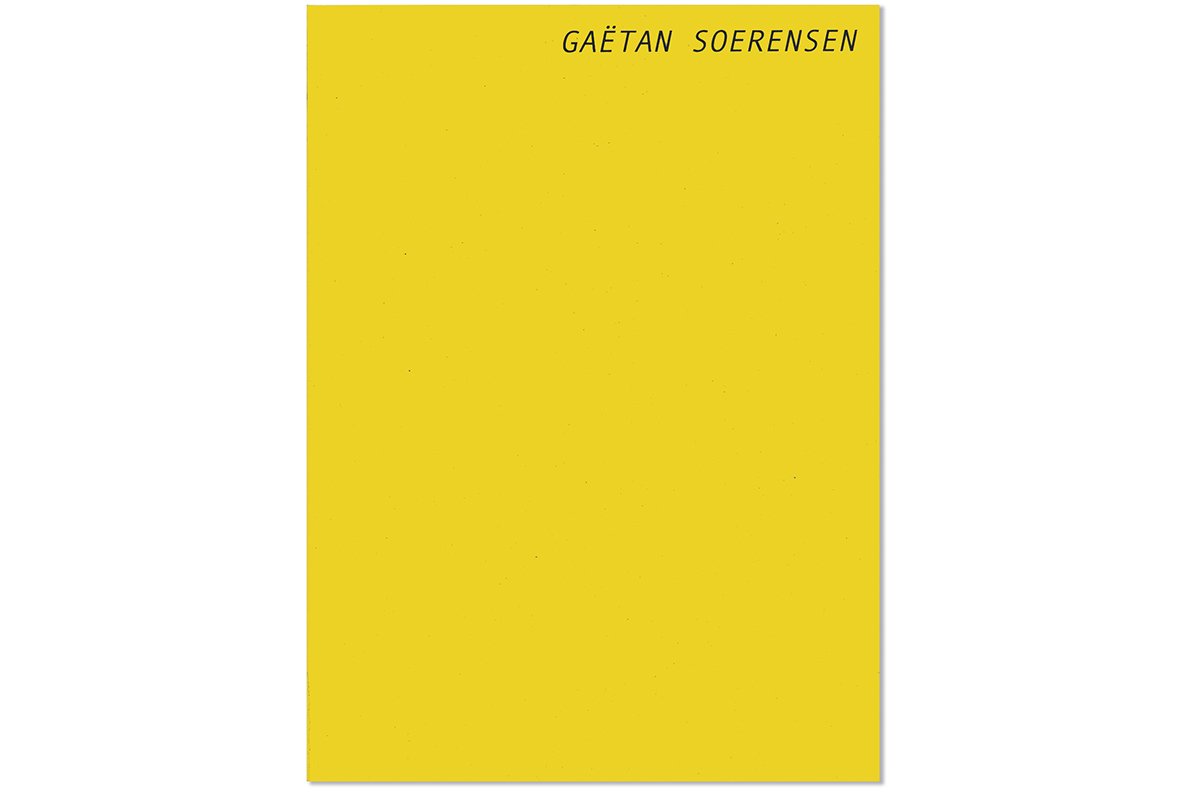 Image 1 sur 11
Image 1 sur 11

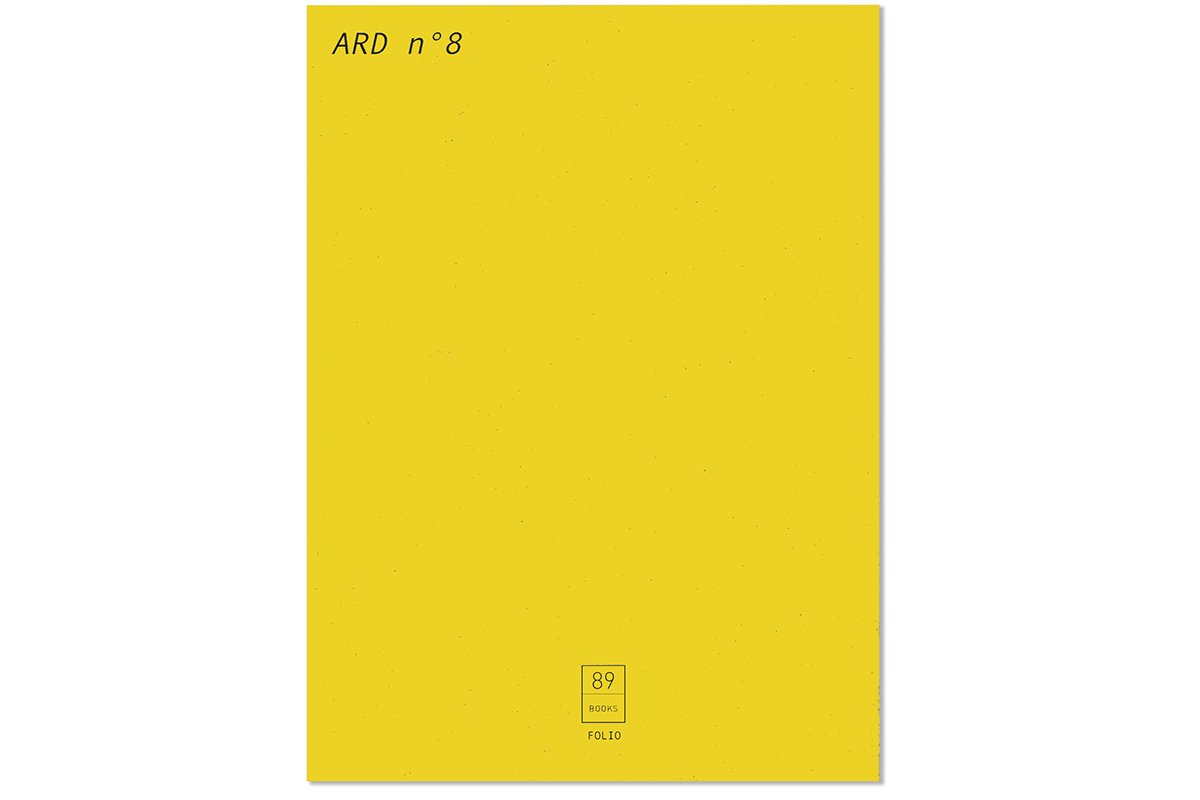 Image 2 sur 11
Image 2 sur 11

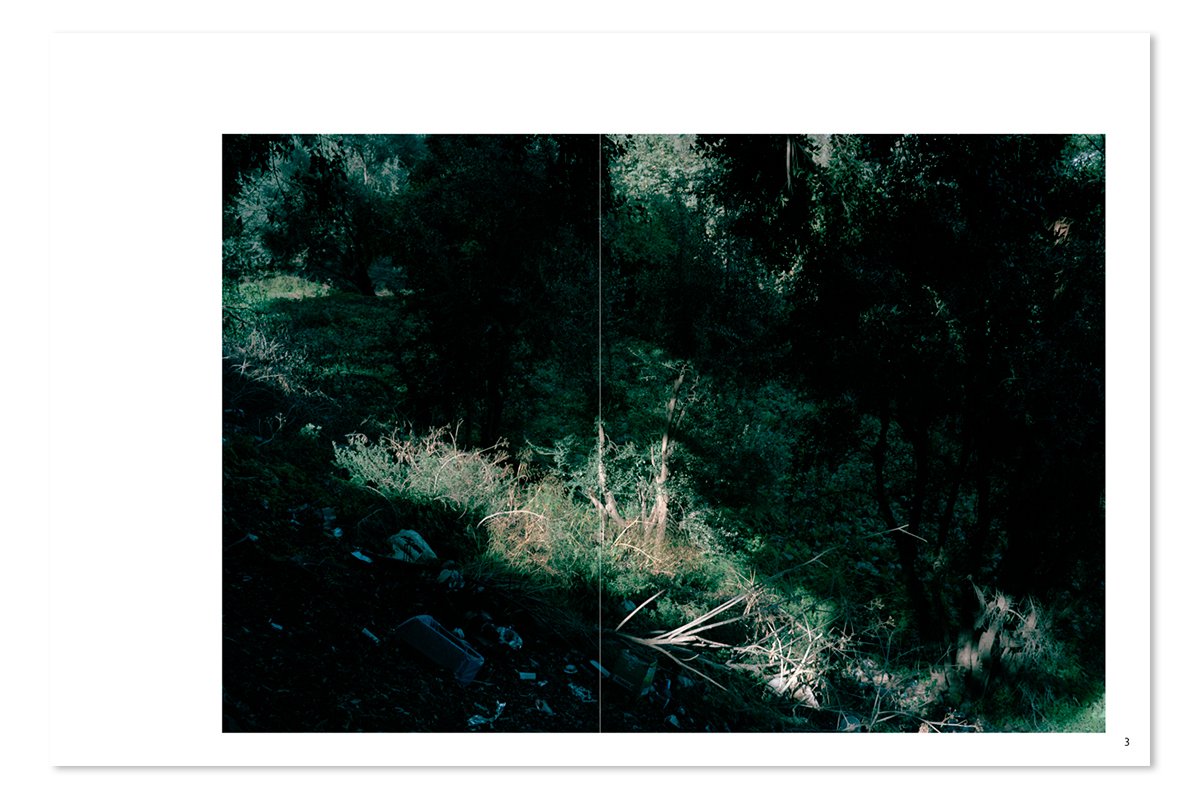 Image 3 sur 11
Image 3 sur 11

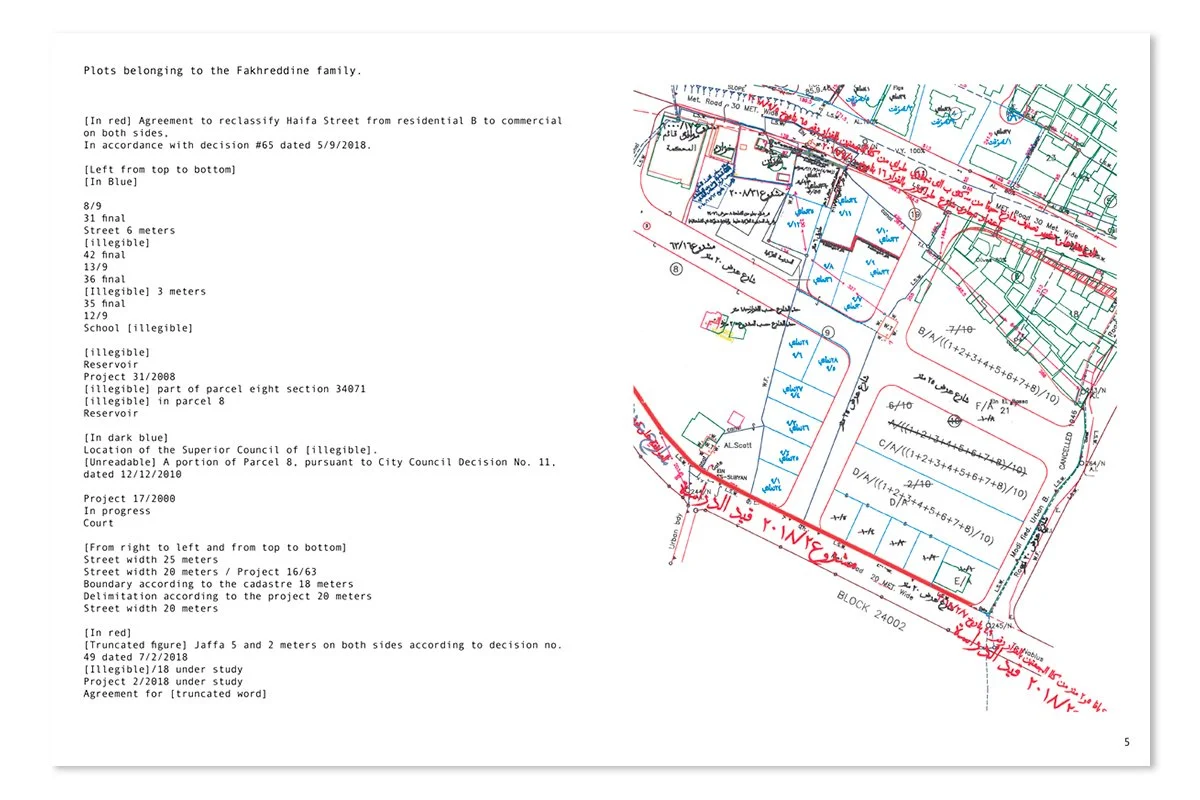 Image 4 sur 11
Image 4 sur 11

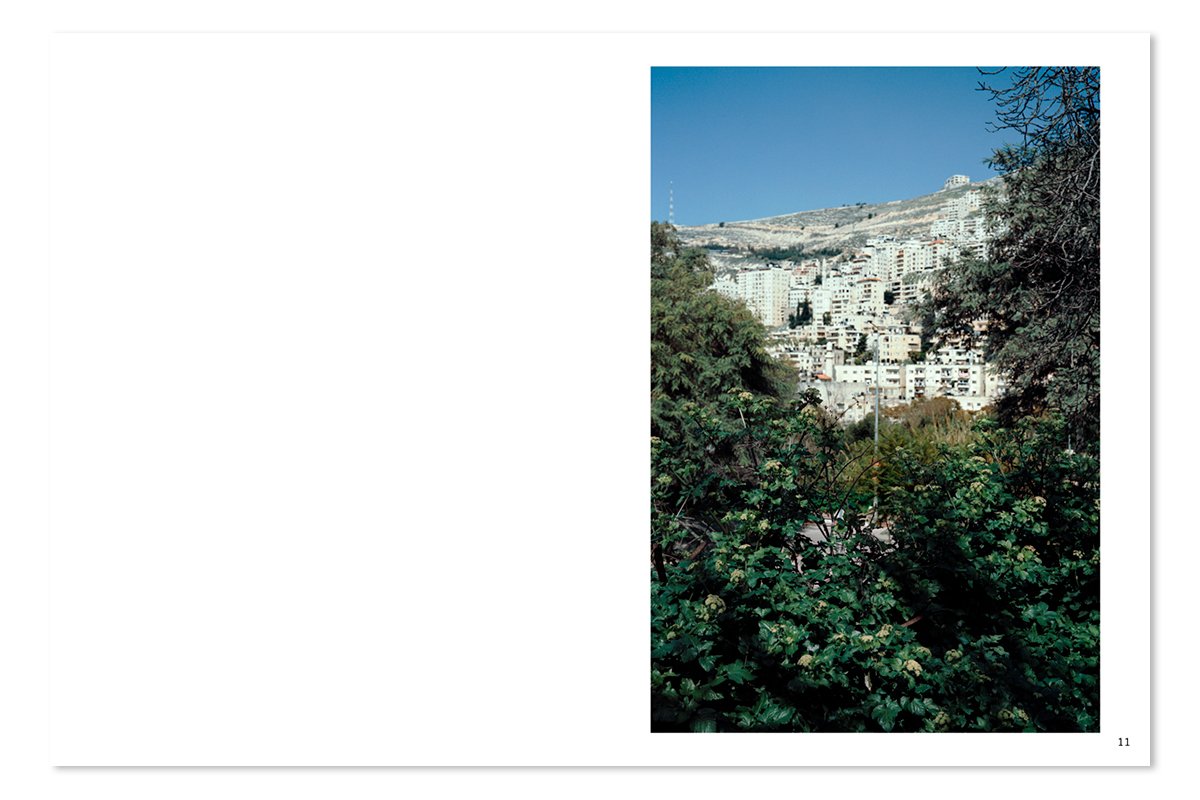 Image 5 sur 11
Image 5 sur 11

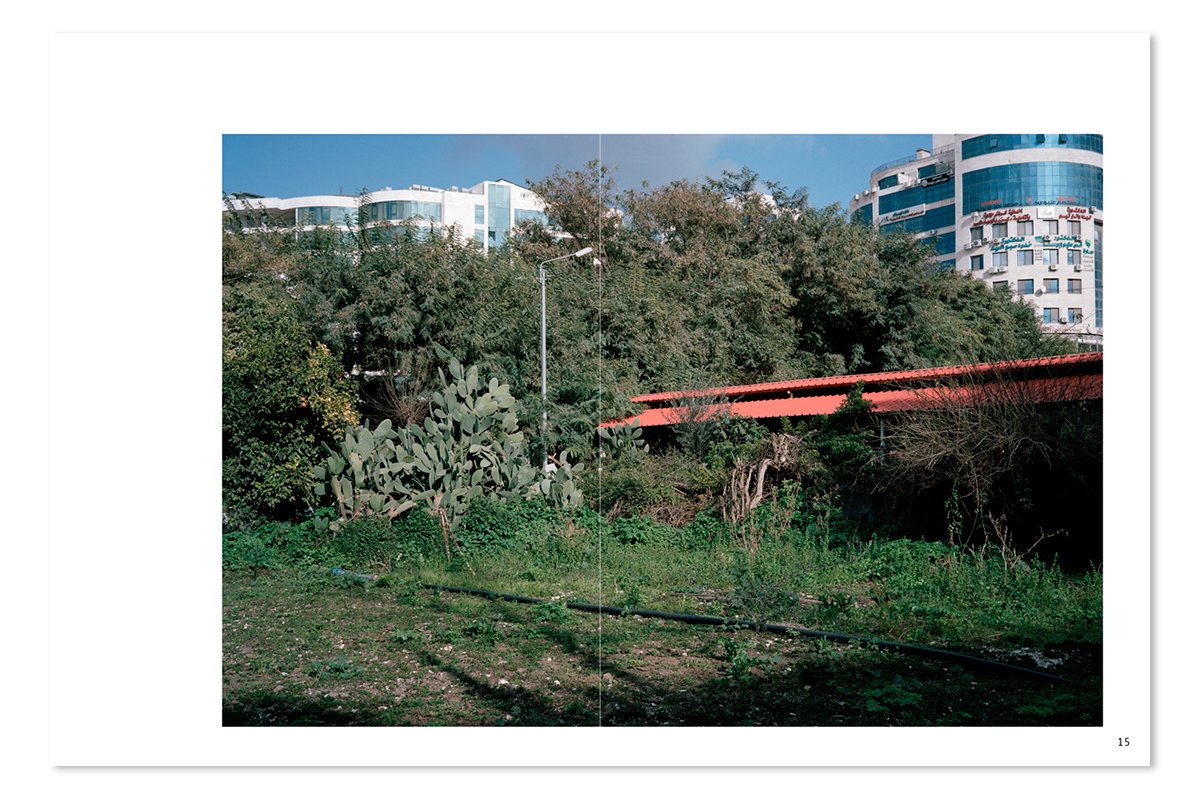 Image 6 sur 11
Image 6 sur 11

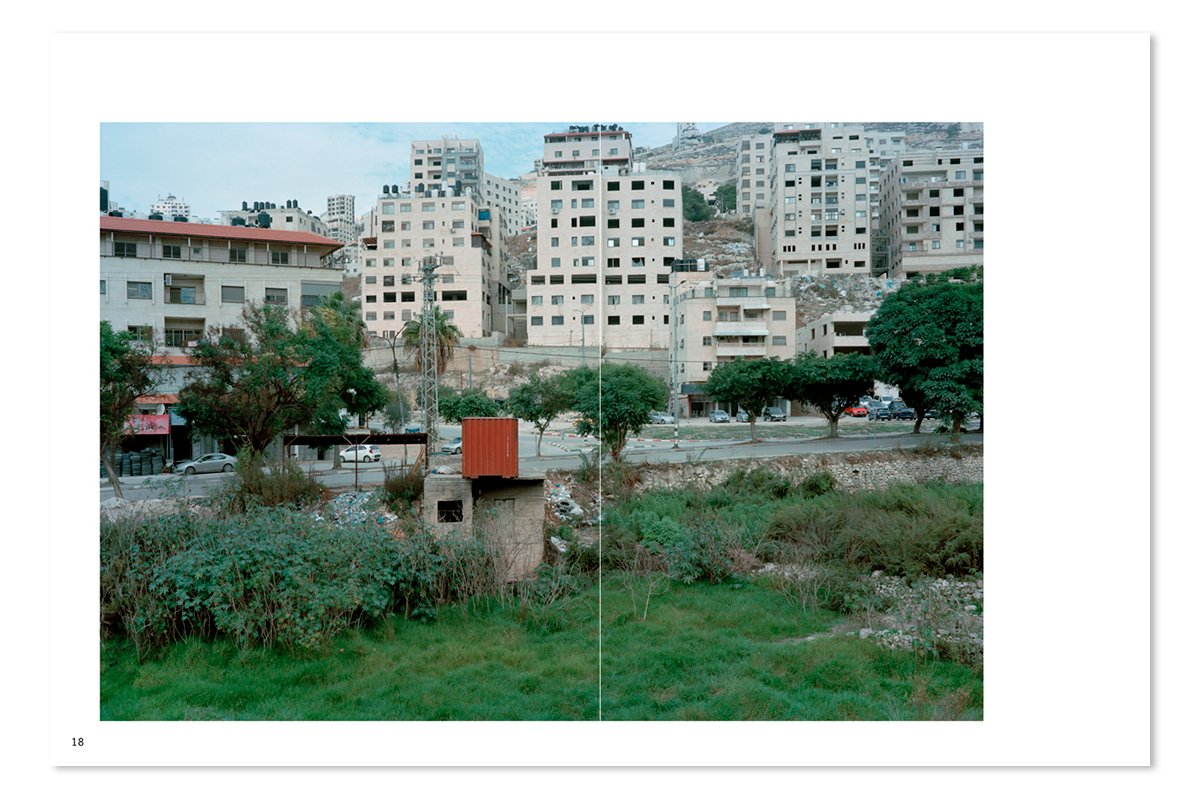 Image 7 sur 11
Image 7 sur 11

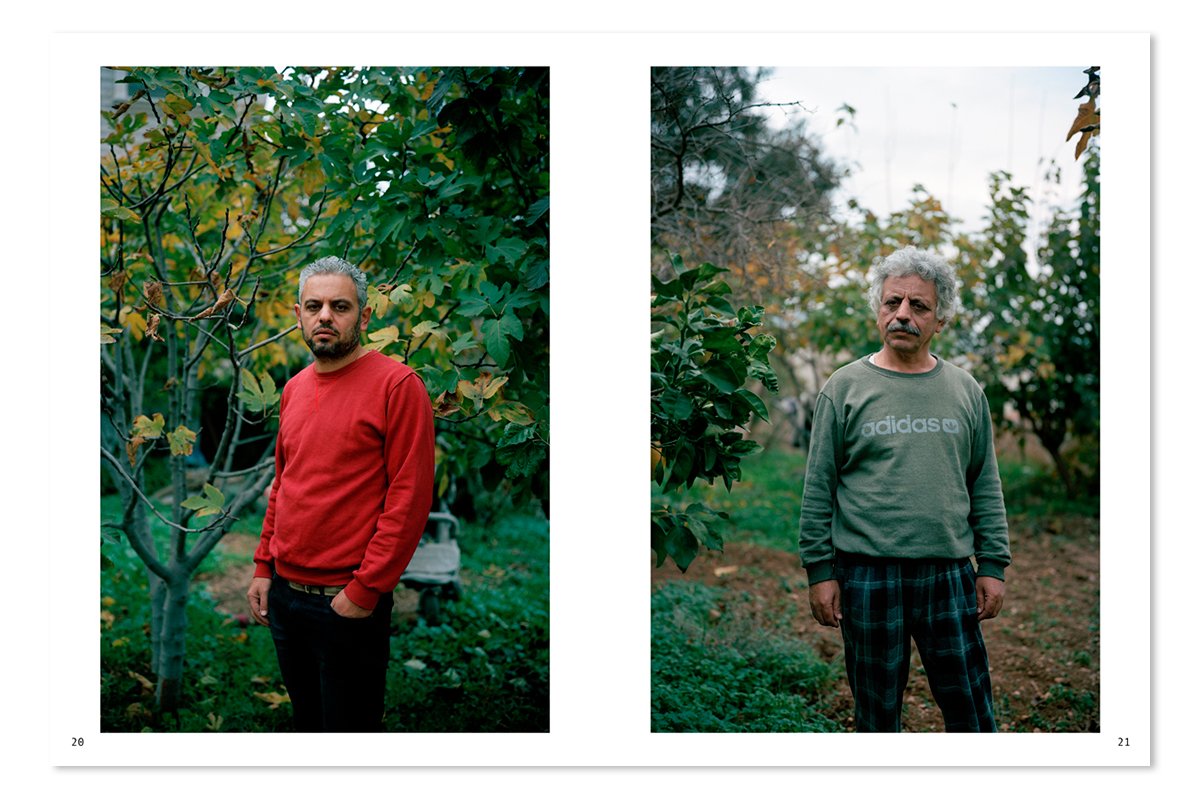 Image 8 sur 11
Image 8 sur 11

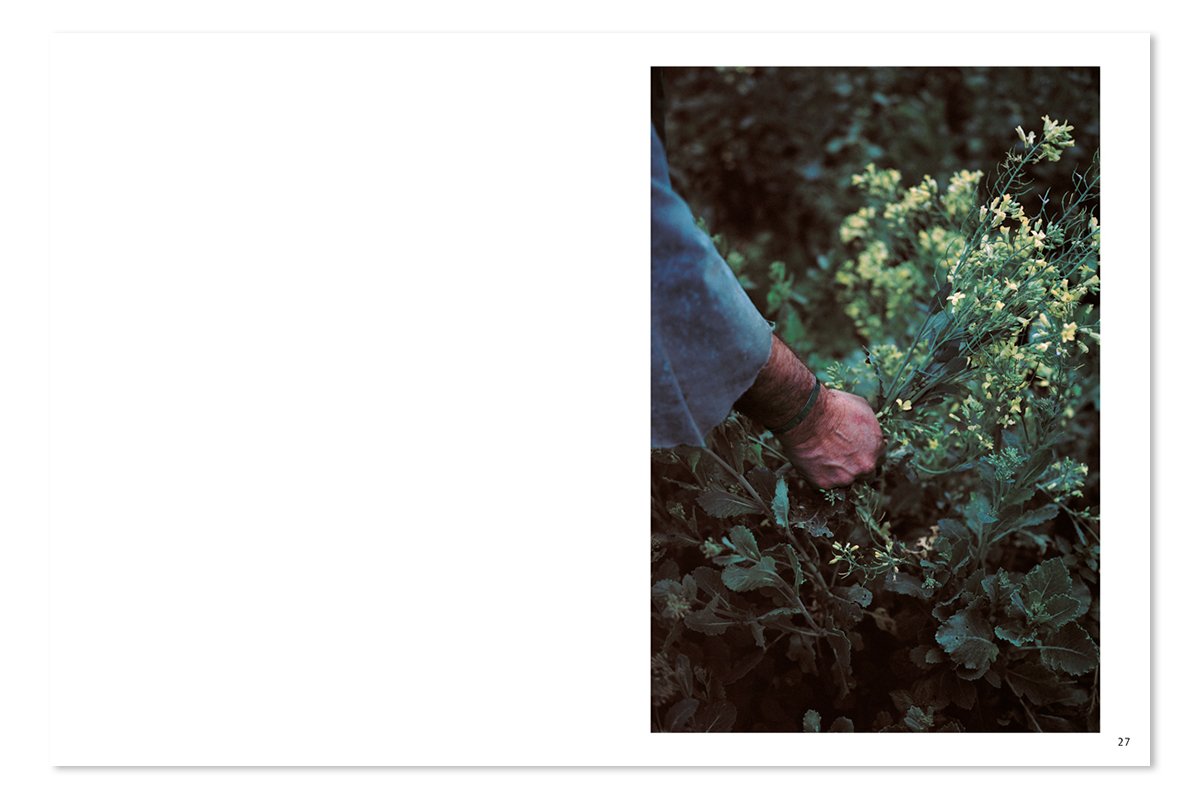 Image 9 sur 11
Image 9 sur 11

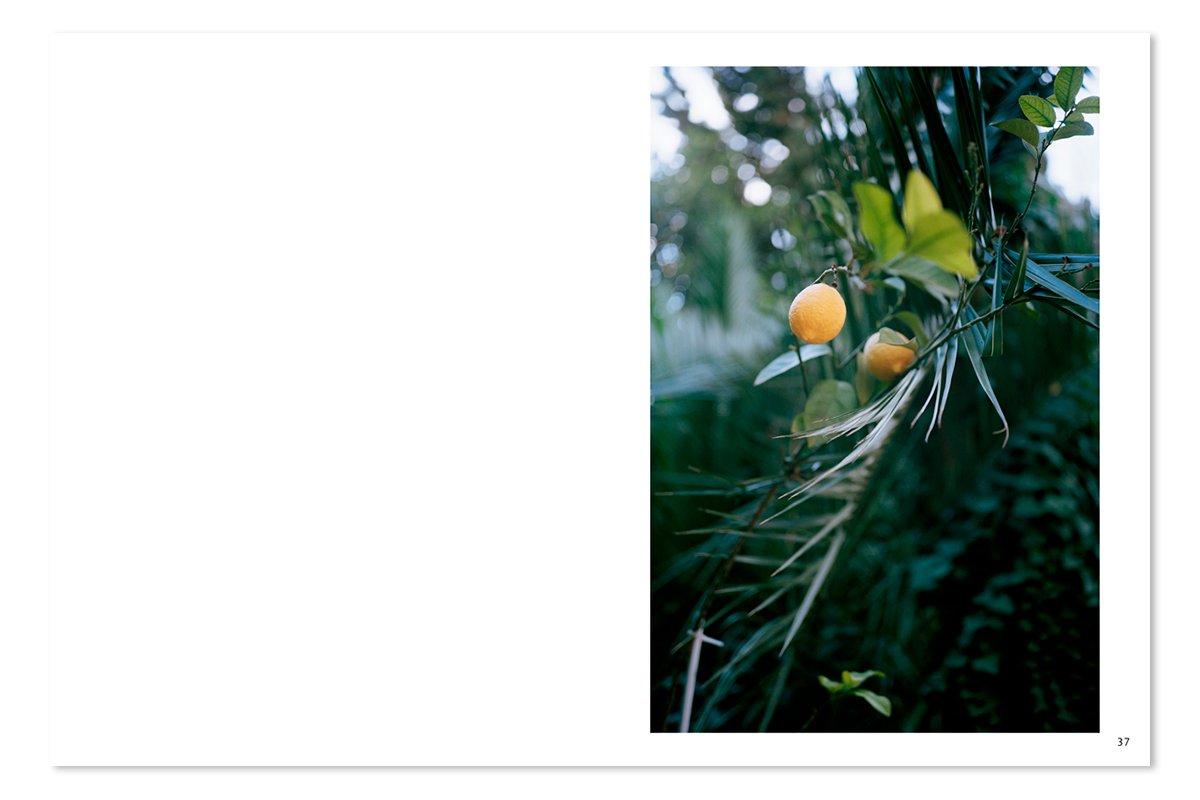 Image 10 sur 11
Image 10 sur 11

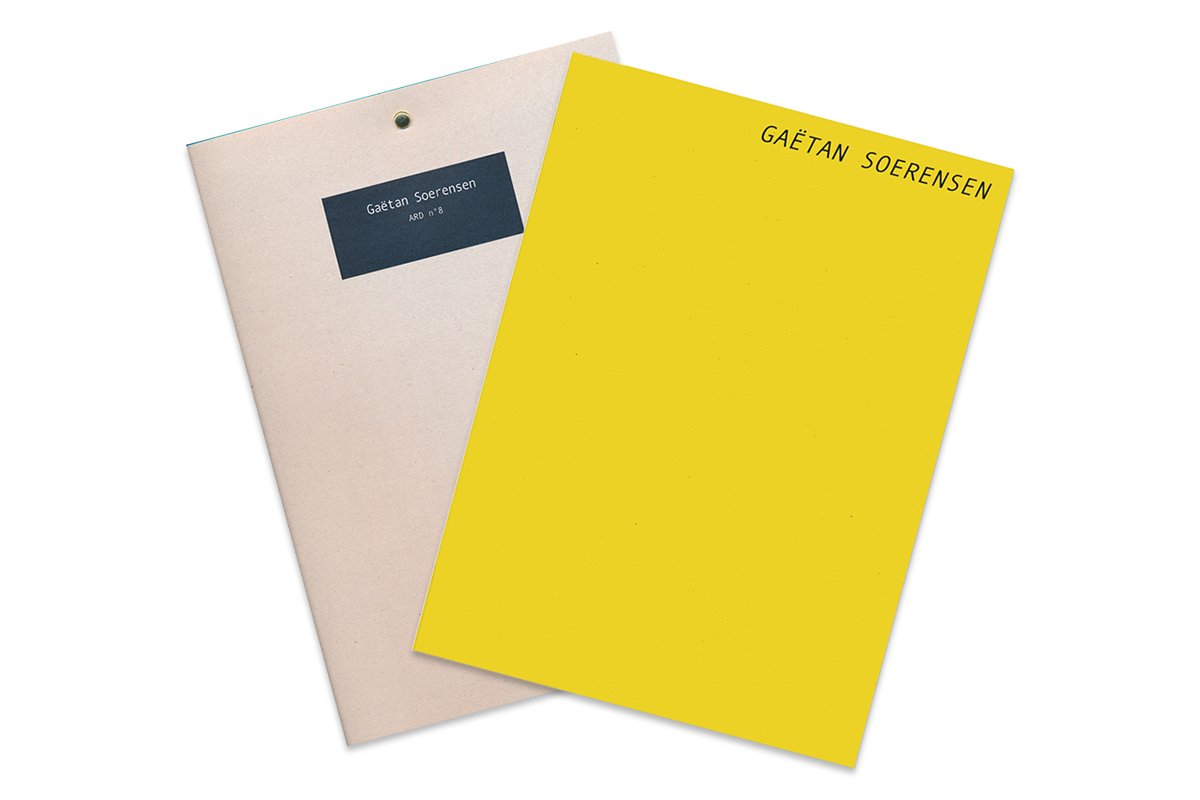 Image 11 sur 11
Image 11 sur 11












ARD N°8 (signé)
(See below for the English text)
Photo & Texte : Gaëtan Soerensen
ARD N°8 (le jardin n°8 en arabe) est un extrait du travail documentaire Waqf de Gaëtan Soerensen, initié en 2017 et terminé en 2022.
Durant 5 années, Gaëtan Soerensen s’est rendu plusieurs fois en Cisjordanie afin d’y retrouver et de documenter un terrain, au cœur de Naplouse, appartenant à une famille exilée après la guerre des Six Jours en 1967.
Les membres de cette famille exilés, les Fakhreddine, dans l’impossibilité de revoir leur terre, précisent que ce terrain est sous la juridique d’un acte cadastral : le waqf.
Le waqf place le terrain en question sous séquestre et rend sa vente impossible, car appartenant ad vitam æternam à la famille et leurs descendants. Le waqf est compilé sur un document manuscrit appelé le waqfiyya. En se rendant en Palestine, Gaëtan Soerensen a pu observer les contours de ce terrain et y rencontrer les membres de la famille Fakhreddine ayant choisi de rester afin d’administrer cette terre et de veiller sur le waqfiyya attestant leur propriété.
ARD N°8 se concentre sur la parcelle n°8 du waqf. La parcelle n°8 est un terrain resté en friche lors de l'exil de 1967. Dans l’impossibilité d’investir davantage sur ce terrain, les membres restants de la famille ont choisi de louer gracieusement le terrain à des fermiers depuis plusieurs décennies afin que la terre ne soit pas à l’abandon. Ces derniers prennent soin de la terre et procèdent à une agriculture de subsistance. L’exploitation de cette terre produit à son tour des ressources documentaires, marque de son passage à travers les différentes périodes historiques de la Palestine.
Le jardin continue à produire des ressources, qu’elles soient naturelles ou documentaires, ces denrées nous aident à comprendre ce que le waqf représente pour ses propriétaires. Des deux côtés de la frontière, il représente la trace d’un héritage fort, la preuve d’une origine si souvent mise à mal par l’inexistence d’un État. La preuve qu’une ne peut pas mourir ou être abandonnée. Ce n’est pas simplement un leg ou un héritage, c’est une véritable preuve d’existence. Preuve d’être légitime, preuve de résister.
Ce projet est exposé à IRIS ARLES (Arles, France) d’avril à mai 2023.
En 2020, Soerensen a reçu la Bourse Marc de Montalembert 2020 pour ce projet et son exposition est prévue en avril 2023 à la Fondation Marc de Montalembert à Rhodes (Grèce). Il est également invité à exposer ce projet à Image Festival Amman, en Jordanie, en mai 2023.
******
ARD N°8 (the garden n°8 in Arabic) is an extract from the documentary work ‘’Waqf’’ by Gaëtan Soerensen. Initiated in 2017 and completed in 2022.
During 5 years, Gaëtan Soerensen went several times to the West Bank to find and document a piece of land, in the heart of Nablus, belonging to a family exiled after the Six Day War in 1967.
The members of this exiled family, the Fakhreddine, unable to see their land again, point out that this land is under the legal status of a cadastral act: the waqf.
The waqf places the land under sequestration and makes it impossible to sell, as it belongs ad vitam æternam to the family and their descendants. The waqf is compiled in a handwritten document called the waqfiyya. By traveling to Palestine, Gaëtan Soerensen was able to observe the contours of this land and meet the members of the Fakhreddine family who chose to remain there in order to administer this land and to maintain the waqfiyya attesting to their ownership.
ARD N°8 focuses on plot n°8 of this waqf. Plot No°8 is a piece of land that remained uncultivated during the 1967 exile. Unable to invest further in this land, the remaining family members chose to rent the land to farmers for several decades so that the land would not be abandoned. These farmers take care of the land and carry out subsistence farming.
The garden continues to produce resources, both natural and documentary, and these commodities help us to understand what the waqf means to its owners. On both sides of the border, it represents the trace of a strong heritage, the proof of an origin so often undermined by the non-existence of a state. The proof that a land cannot die or be abandoned. It is not just a legacy or an inheritance, it is a true proof of existence. Proof of being legitimate, proof of resisting.
This project is exhibited at IRIS ARLES (Arles, France) from April to May 2023.
In 2020, Soerensen received the Bourse Marc de Montalembert 2020 for this project and his exhibition is expected in April 2023 at the Fondation Marc de Montalembert at Rhodes (Greece). He is also invited to exhibit the project at Image Festival Amman, in Jordan, in May 2023.
Dimensions : 21cm x 28 cm
Date d'édition : 2023
Editeur : 89books
Langue : Anglais
Nombre de pages : 40
(See below for the English text)
Photo & Texte : Gaëtan Soerensen
ARD N°8 (le jardin n°8 en arabe) est un extrait du travail documentaire Waqf de Gaëtan Soerensen, initié en 2017 et terminé en 2022.
Durant 5 années, Gaëtan Soerensen s’est rendu plusieurs fois en Cisjordanie afin d’y retrouver et de documenter un terrain, au cœur de Naplouse, appartenant à une famille exilée après la guerre des Six Jours en 1967.
Les membres de cette famille exilés, les Fakhreddine, dans l’impossibilité de revoir leur terre, précisent que ce terrain est sous la juridique d’un acte cadastral : le waqf.
Le waqf place le terrain en question sous séquestre et rend sa vente impossible, car appartenant ad vitam æternam à la famille et leurs descendants. Le waqf est compilé sur un document manuscrit appelé le waqfiyya. En se rendant en Palestine, Gaëtan Soerensen a pu observer les contours de ce terrain et y rencontrer les membres de la famille Fakhreddine ayant choisi de rester afin d’administrer cette terre et de veiller sur le waqfiyya attestant leur propriété.
ARD N°8 se concentre sur la parcelle n°8 du waqf. La parcelle n°8 est un terrain resté en friche lors de l'exil de 1967. Dans l’impossibilité d’investir davantage sur ce terrain, les membres restants de la famille ont choisi de louer gracieusement le terrain à des fermiers depuis plusieurs décennies afin que la terre ne soit pas à l’abandon. Ces derniers prennent soin de la terre et procèdent à une agriculture de subsistance. L’exploitation de cette terre produit à son tour des ressources documentaires, marque de son passage à travers les différentes périodes historiques de la Palestine.
Le jardin continue à produire des ressources, qu’elles soient naturelles ou documentaires, ces denrées nous aident à comprendre ce que le waqf représente pour ses propriétaires. Des deux côtés de la frontière, il représente la trace d’un héritage fort, la preuve d’une origine si souvent mise à mal par l’inexistence d’un État. La preuve qu’une ne peut pas mourir ou être abandonnée. Ce n’est pas simplement un leg ou un héritage, c’est une véritable preuve d’existence. Preuve d’être légitime, preuve de résister.
Ce projet est exposé à IRIS ARLES (Arles, France) d’avril à mai 2023.
En 2020, Soerensen a reçu la Bourse Marc de Montalembert 2020 pour ce projet et son exposition est prévue en avril 2023 à la Fondation Marc de Montalembert à Rhodes (Grèce). Il est également invité à exposer ce projet à Image Festival Amman, en Jordanie, en mai 2023.
******
ARD N°8 (the garden n°8 in Arabic) is an extract from the documentary work ‘’Waqf’’ by Gaëtan Soerensen. Initiated in 2017 and completed in 2022.
During 5 years, Gaëtan Soerensen went several times to the West Bank to find and document a piece of land, in the heart of Nablus, belonging to a family exiled after the Six Day War in 1967.
The members of this exiled family, the Fakhreddine, unable to see their land again, point out that this land is under the legal status of a cadastral act: the waqf.
The waqf places the land under sequestration and makes it impossible to sell, as it belongs ad vitam æternam to the family and their descendants. The waqf is compiled in a handwritten document called the waqfiyya. By traveling to Palestine, Gaëtan Soerensen was able to observe the contours of this land and meet the members of the Fakhreddine family who chose to remain there in order to administer this land and to maintain the waqfiyya attesting to their ownership.
ARD N°8 focuses on plot n°8 of this waqf. Plot No°8 is a piece of land that remained uncultivated during the 1967 exile. Unable to invest further in this land, the remaining family members chose to rent the land to farmers for several decades so that the land would not be abandoned. These farmers take care of the land and carry out subsistence farming.
The garden continues to produce resources, both natural and documentary, and these commodities help us to understand what the waqf means to its owners. On both sides of the border, it represents the trace of a strong heritage, the proof of an origin so often undermined by the non-existence of a state. The proof that a land cannot die or be abandoned. It is not just a legacy or an inheritance, it is a true proof of existence. Proof of being legitimate, proof of resisting.
This project is exhibited at IRIS ARLES (Arles, France) from April to May 2023.
In 2020, Soerensen received the Bourse Marc de Montalembert 2020 for this project and his exhibition is expected in April 2023 at the Fondation Marc de Montalembert at Rhodes (Greece). He is also invited to exhibit the project at Image Festival Amman, in Jordan, in May 2023.
Dimensions : 21cm x 28 cm
Date d'édition : 2023
Editeur : 89books
Langue : Anglais
Nombre de pages : 40


















